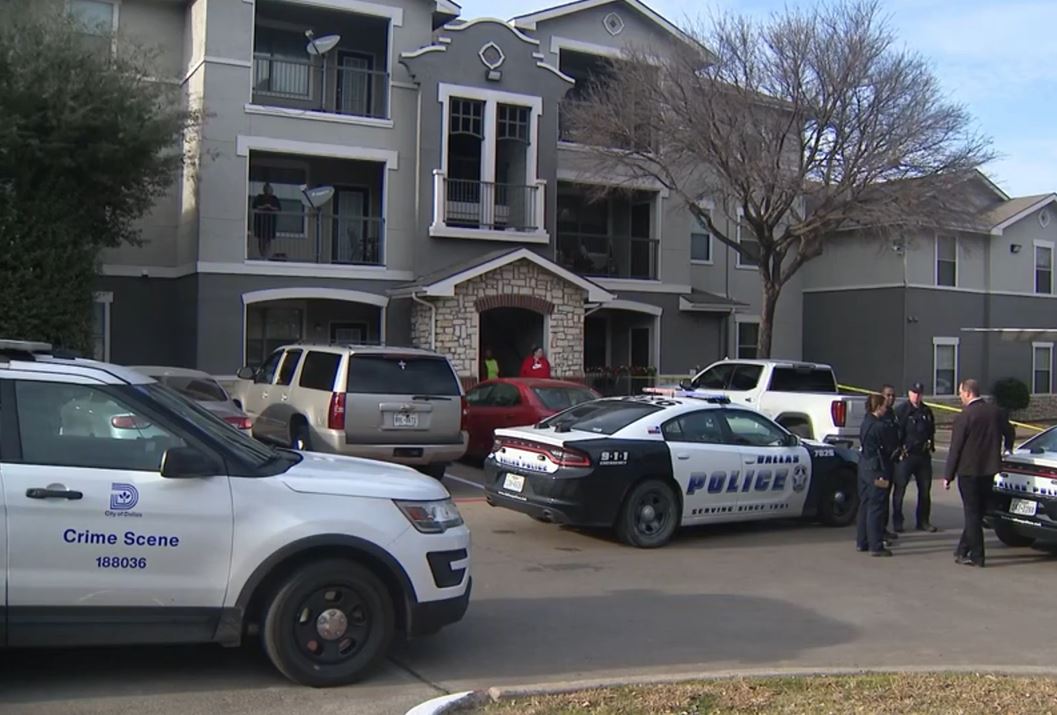Cracking the code of silence: Police train to intervene when fellow officers cross a line

In Irving
By Andrea Lucia
Click here for updates on this story
NORTH TEXAS (KTVT) — When former Minneapolis police officer Derek Chauvin spent nine and half minutes with his knee to George Floyd’s neck, it wasn’t just his deadly actions that horrified people, but those of every other officer there who failed to stop him.
“Watching those videos is sickening,” said former Irving police chief Jeff Spivey.
Spivey was one of many in law enforcement disturbed by what he saw.
“His peers either not feeling comfortable, not feeling confident, or not knowing how to step in and intervene,” said Spivey.
Police are often accused of looking the other way to protect their own, but some departments have come to see a blue code of silence can do more to harm than help officers.
In Irving, Chief Spivey enlisted the help of Georgetown Law, which had developed training for police in what it called “active bystandership for law enforcement” or ABLE.
It teaches officers how to intervene and departments how to create an environment where that’s not only accepted, but expected.
“We’re human beings, police officers aren’t robots. So, they’re having to work through their own internal struggles and what we teach in active bystandership… is the inhibitors that are involved.”
Today, Spivey is executive director of the Caruth Police Institute at UNT, which now houses the Texas ABLE Center of Excellence (ACE) dedicated to active bystandership.
It’s offering the training at no charge to police departments statewide.
So far, more than two dozen in North Texas have participated.
“You remember situations where, man, if I could have that to do over again,” said Officer Travis Allen, an Irving police officer.
He and Sgt Jesse Carr, from the SMU police department, work as trainers for ACE and help officers confront the psychological obstacles to speaking up.
“Maybe you show up to a scene and you feel like, well, maybe I don’t have all the right information. Maybe I’m reading the situation wrong,” said Travis of the fear and doubt that can creep in. “What if you say something and you’re blackballed by your peers because you were so far off base because it looks like you’re incompetent or have an ax to grind?”
While police have long undergone training on how to respond to gunfire and other perils, standing up to friends and colleagues, especially those who have your back in dangerous situations, takes a different type of courage that most departments until recently rarely acknowledged.
“In a very volatile, fast moving confrontation where you’re making split second decisions, if you’ve never been trained how to step in and react, you’re going to fall back to your default positions,” said Spivey.
Active bystandership training also encourages officers to look out for signs a colleague may be struggling and encourage each other’s self care.
“I think that’s definitely been a struggle for law enforcement and for policing is prioritizing that. Right? Whether it’s, you know, counseling and mental health services, you know sleeping 7-8 hours a night,” said Carr.
Instructors can face some initial hesitation, they say, until officers realize this approach protects them too from making mistakes that can cost them their job, their freedom, and even their self-respect.
“If not only just the consequence of looking at that guy in the mirror and knowing you could have done a better job,” said Travis.
Please note: This content carries a strict local market embargo. If you share the same market as the contributor of this article, you may not use it on any platform.





